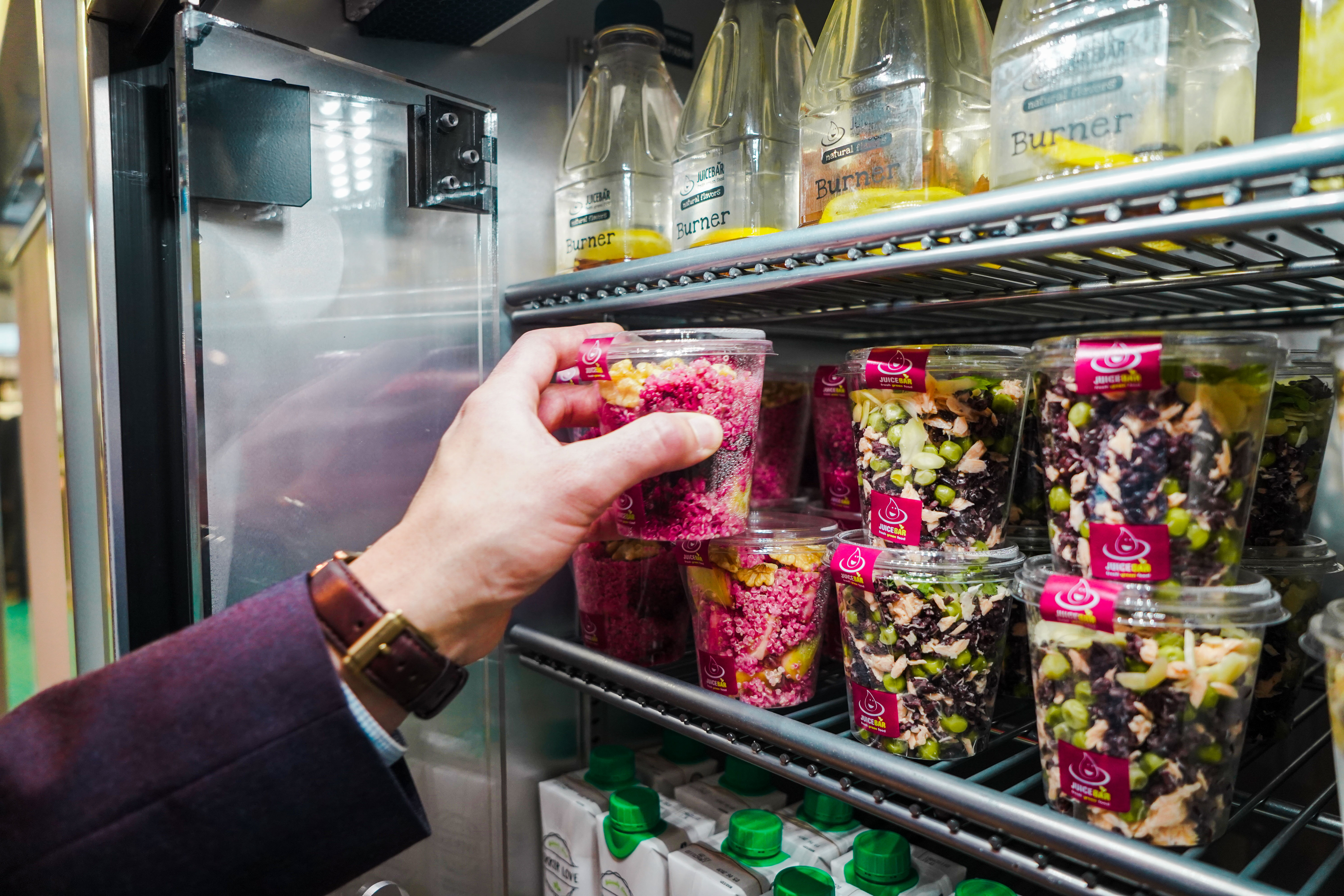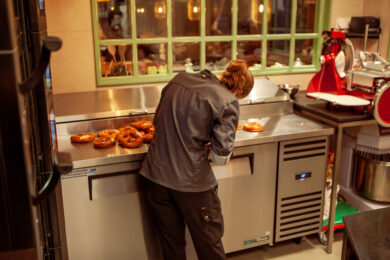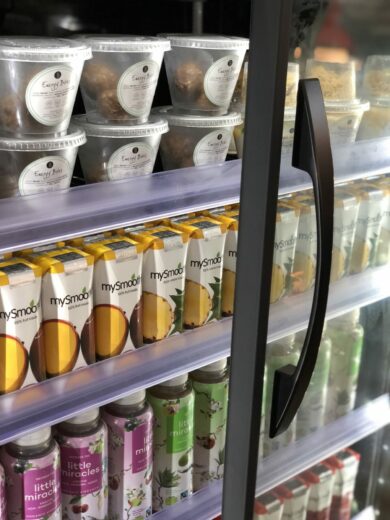The temperatures your foods and ingredients are stored at can affect everything from their appearance, taste and nutritional content to the health and safety of your customers. But sometimes overlooked is the fact it also directly impacts your bottom line. That’s because, in virtually any commercial kitchen, correct storage temperatures are central to keeping your food fresher for longer, minimising waste and ultimately maximising your profits. A few degrees either way can make a big difference.
Safety first
According to Food Standards Australia New Zealand (FSANZ), when it comes to foods that require refrigeration such as meats, dairy and seafood, safe temperatures are considered to be 5°C or colder. While at the opposite end of the scale, 60°C or warmer is considered the safety benchmark for hot menu items. It’s essential to stay aware of these temperatures when storing your foods to prevent them falling into the ‘temperature danger zone’ – between 5°C and 60°C – as this is where food-poisoning bacteria can quickly reach dangerous levels.
The 2 Hour/4 Hour Guide
Wherever possible, foods need to be stored, displayed, transported and prepared at safe temperatures. But as FSANZ explains, you can also use time, rather than temperature, to keep your food safe by applying the ‘2 Hour/4 Hour Guide’ for ready-to-eat, potentially hazardous foods. The simple table, below, shows how it works:
|
Time spent between 5°C and 60°C
|
What you should do
|
|
Less than 2 hours
|
Refrigerate or use immediately
|
|
Between 2 hours and 4 hours
|
Use immediately
|
|
More than 4 hours
|
Throw out
|
SOURCE: Food Standards Australia New Zealand (FSANZ)
Fridge & Freezer Life
Different foods and ingredients will keep in refrigerators and freezers longer than others. But as a general guide you may find the following information from Australian not-for-profit FoodWise useful when gauging maximum ‘fridge/freezer life’. After all, no-one wants to throw away perfectly good food!
|
FOOD
|
FRIDGE LIFE
|
FREEZER LIFE
|
|
Fish & seafood
|
2-3 days
|
3-6 months
|
|
Lamb
|
2 days
|
12 months
|
|
Poultry
|
2 days
|
9 months
|
|
Beef
|
2 days
|
8 months
|
|
Milk
|
7-10 days
|
3 months
|
|
Butter
|
3 months
|
9 months
|
|
Bread
|
7 days
|
3 months
|
|
Vegetables
|
7 days
|
12 months
|
|
Cooked rice
|
2 days
|
3 weeks
|
SOURCE: http://foodwise.com.au/wp-content/uploads/2013/07/Shelf-Life-ONLINE.pdf
Did you know?
Even the most advanced commercial refrigeration units take time to reach their set temperatures. The bigger the unit, the longer it takes too. When adjusting the temperature, it’s always best to wait for 24 hours and then check it again before storing any perishable foods or ingredients.
With an extensive range of temperature-controlled fridge and freezer solutions for every commercial kitchen, True Refrigeration is the ideal choice for storing your food safely and efficiently. Explore the range here.





